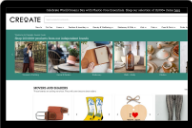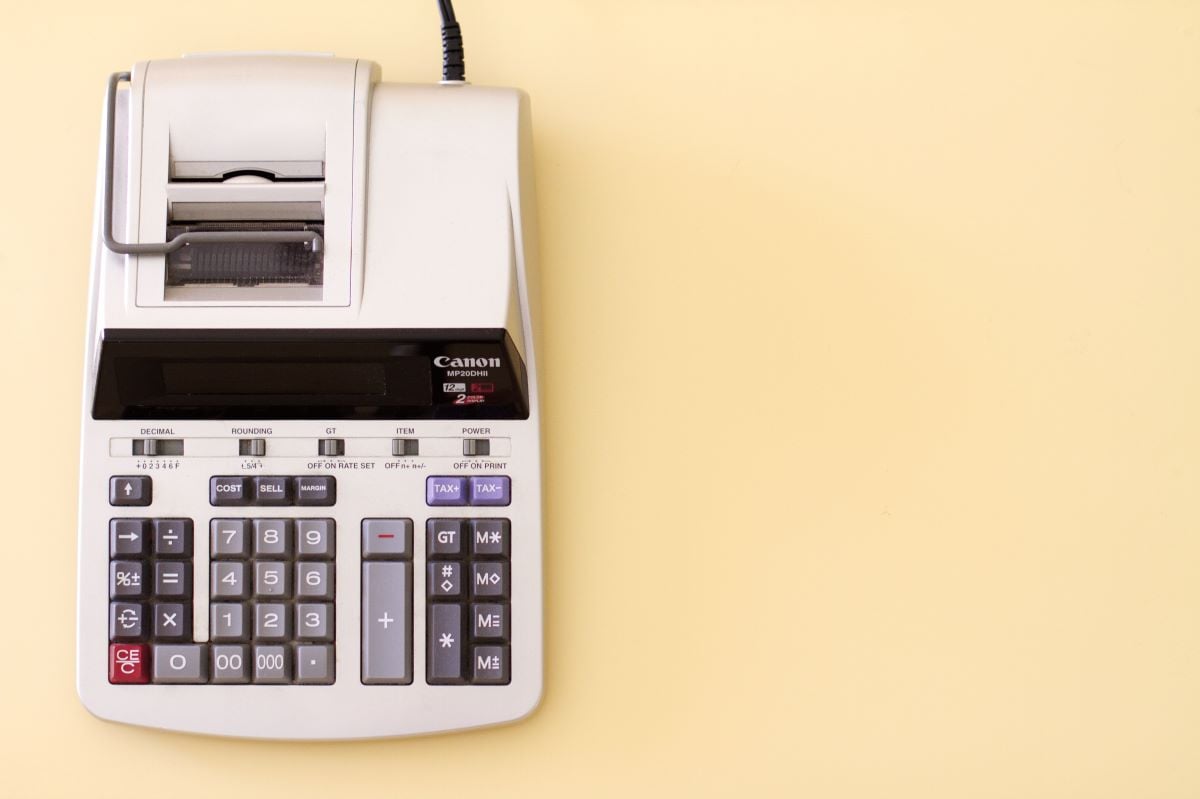
Business success looks different for everyone. Goals and vision vary from person to person, as well as by industry. Regardless, it’s possible to make sense of your business’ trajectory while looking at a number of metrics and results. From here, you can determine what success looks to you, and where your areas for improvement lie.
In this guide, we'll go through some of the essential areas in which to measure your business performance and success, to help you evaluate your progress and make informed decisions going forward.
7 Key metrics & tips for success
- Define business success
- Identify key performance indicators (KPIs)
- Customer metrics
- Net promoter & customer satisfaction scores
- Operational metrics
- Strategic planning and adaptability
- Measuring your business success going forwards
1. Define business success
Business success is what we would define as the achievement of organisational goals and objectives aligned with your brand mission. Generally speaking, the results of this can be found by looking at areas like profitability, growth, customer satisfaction, and positive societal and environmental impact.
In short, how well has your business grown, adapted, or changed within a given time period, and what do your customers and wider society have to say about it?
According to the Harvard Business Review, the average annual business grows its revenue by 10% to 25% annually. Small to medium-sized companies are in a better position to exceed this range since they have smaller customer bases to begin with, and more opportunities to explore.
2. Identify key performance indicators (KPIs)
If you haven’t already, consider what your business’ KPIs are. These goals should align closely with your business goals, and may look like the following:- Revenue growth
- Net profit
- Customer acquisition
- Customer retention rates
- Lead conversion rates
- Number of leads per month
- Time & resources per conversion
3. Customer metrics
Customer satisfaction is an important, yet all too often overlooked KPI when it comes to business success.
Acquisition and retention rates are all important and worth paying attention to, but customer satisfaction and loyalty can help provide further insight into these key metrics.
Trustpilot scores, reviews, and surveys can help you temp check this. Look out for any repeat praise or complaints, assess any shortcomings, and determine how you can improve in the short and longer term to better serve and satisfy your customer base.
4. Net promoter & customer satisfaction scores
According to a 2018 survey of businesses worldwide, the most popular metric for measuring customer experience is the Net Promotor Score, with 89% of respondents using this metric.

When it comes to customer loyalty, your NPS or Net Promoter Score can provide insight into where your customers sit. NPS is a market research metric that can be drawn from feedback surveys, based on a single question in which you ask respondents to rate the likelihood that they would recommend your company, product, or service to a friend or colleague.

Calculating your NPS is simple, and can be done by tallying up your responses and subtracting the percentage of detractors from the percentage of promoters.
For example, if 60% of respondents are promoters, 10% are detractors, and 30% are passives, your NPS would be 60-10 = 50.
Creators of the NPS metric, Bain & Company, state that an NPS score above 0 is considered good, over 20 is great, and above 50 is excellent. While anything above 80 is considered part of the top percentile, it's important to note that a good NPS score depends on a couple of methods.
- Whether you decide to compare your score to the loosely agreed standards outlined above, based on an average across multiple industries
- Whether you solely compare your score to that of other companies within your industry
A similar scoring system worth considering for measuring customer loyalty and sentiment is the CSAT or Customer Satisfaction Score. It works similarly to NPS, but is instead based on getting customers’ feedback on their overall experience with your brand using a 3-tiered rating system ranging from positive, neutral, to negative.

To calculate your CSAT score, add the positive responses together, divide them by the total number of responses, and times your result by one hundred. The final figure represents the percentage of customers who are satisfied with their brand experience.
5. Operational metrics
Tracking your efficiency in terms of production time, order fulfilment speed, inventory turnover rate, and how quickly you get through resources and materials is also useful for keeping on top of expenses.
As such, additional operational metrics to consider alongside your customer metrics could look like:
- On-time delivery rate
- Shipping accuracy
- Customer lifetime value
These metrics also tie in nicely with customer satisfaction, and getting a realistic snapshot of these can help make sense of some of the customer satisfaction metrics mentioned above.
6. Strategic planning and adaptability
This metric is all about assessing your brand resilience, flexibility, and growth, and offers you an opportunity to assess the effectiveness of strategic initiatives. This is also where you can measure your adaptability to market changes through market share growth, and agility in responding to market shifts.
Like it or loathe it, the COVID pandemic is a great example of one of the more recent unpredictable global market shifts. For those lucky and successful businesses that made it to the other side, analysing performance before, during, and after periods of hardship such as this can be a great learning experience.
Using data like this can be a great example for assessing how your business might respond in the event of other similar global, or even smaller-scale challenges and economic downturns in the future.
7. Measuring your business success going forwards
Taking the opportunity to regularly analyse and interpret even some of the key metrics outlined above is the first step to sustainable business management and growth. Reflection, and informed, strategic redirection based on solid data and numbers is the way forward for any business, big or small.
So, don’t let your business size detract you. Start thinking big to lay the foundation for further growth and scaleability, no matter your ambitions, today.
Not registered with CREOATE yet? Sign up now and sell wholesale with us today.
Related posts:
- VAT Calculator & Reverse VAT Calculator
- What is RRP?
- What is Wholesale? Your Wholesale Questions Answered






